First debuting in 1988, the Ninja Gaiden franchise remains a classic staple in Japanese video games. Whether it’s the infamously difficult NES trilogy or the similarly notorious Team Ninja games produced since 2004, the saga gained lasting fame with its cinematic flair and engaging action. Lesser known, however, is how it became popular enough to merit an OVA in 1991, entitled Ninja Ryukenden or Legend of the Ninja Dragon Sword. While it’s languished in obscurity, it is long overdue for a reappraisal. As in many respects, it not only captures the spirit of the source material, but also foreshadows the series’ future.
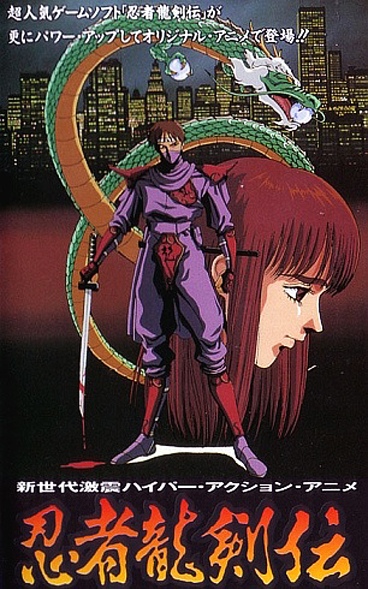
Produced by Studio Junio, a relatively obscure and long-defunct animation company, and directed by a then-unknown Mamoru Kanbe (of Efren Lied and The Promised Neverland fame), you might be inclined to think this was a cheap cash grab to capitalize on the NES games. Looks, however, can be deceiving.
Opening cutscene of the original Ninja Gaiden NES game, one of the very first to even feature extensive cutscenes at all. Circa 1988. (Source: Youtube)
New York Connection
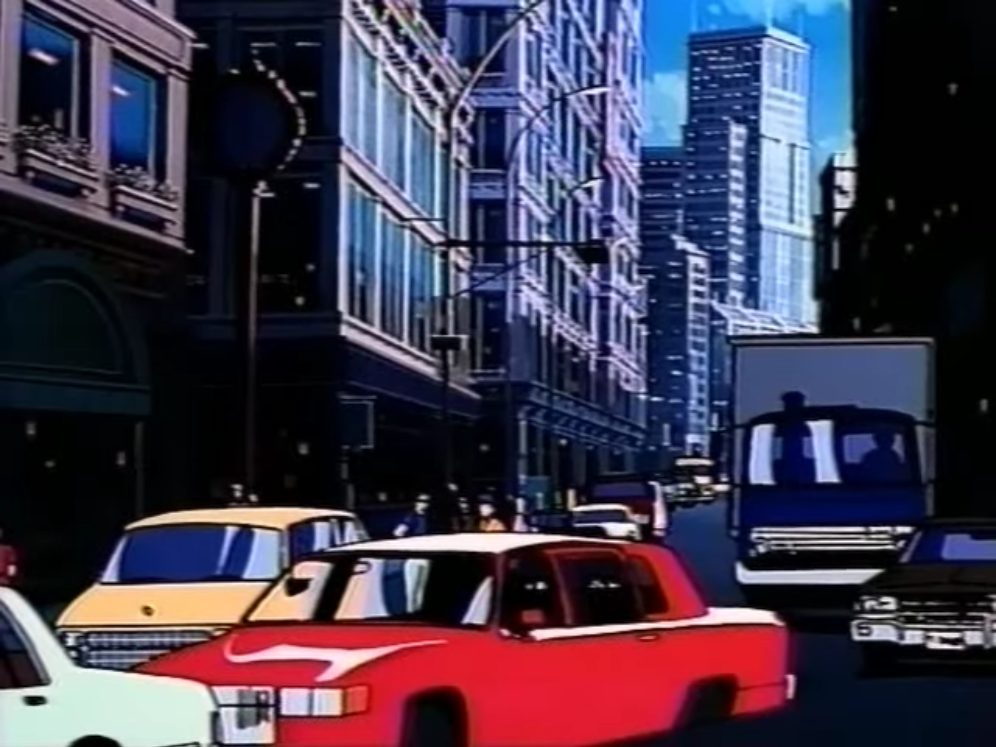
The OVA stands as a sequel to the NES trilogy and follows the paths of Rin Hayabusa and Robert T. Sturgeon. In New York City, the legendary ninja Ryu Hayabusa (Keiichi Namba) tries to make ends meet as a Japanese store owner alongside his love interest, Irene Lew (Yumi Tôma), before being assaulted by mysterious hitmen. Meanwhile, his friend and ex-soldier-turned-private detective Robert T. Sturgeon (Norio Wakamoto) learns of strange rumors involving scientific prodigy Ned Friedman (Unshou Ishizuka), whose company is on the verge of curing cancer. As the story progresses, not only are the hitmen connected to Friedman Enterprises, but the two heroes cross paths and discover a dark scheme that could unleash a demonic evil.
If there’s one particularly strange thing that catches your attention, it’s the seemingly jarring blend of various genres, all of which given a noir undertone. Ryu’s scenes, for instance, are a mix of slice-of-life, mysticism, and the kind of action you’d see from something like Ninja Scroll. Meanwhile, Robert’s moments wouldn’t be out of place in Miami Vice (1984-89) or Commando (1985), with guns blazing and ‘80s machismo ensuing even after the bizarre stuff starts happening. The antagonists are a peculiar hodgepodge of sci-fi and fantasy elements, whether it’s biotech hitmen or the demonic Fiends behind the artifact responsible for Friedman’s research. At the same time, this strange mash-up comes off remarkably cohesive. Like the source material, at no point does it feel like you’re watching different anime spliced together.
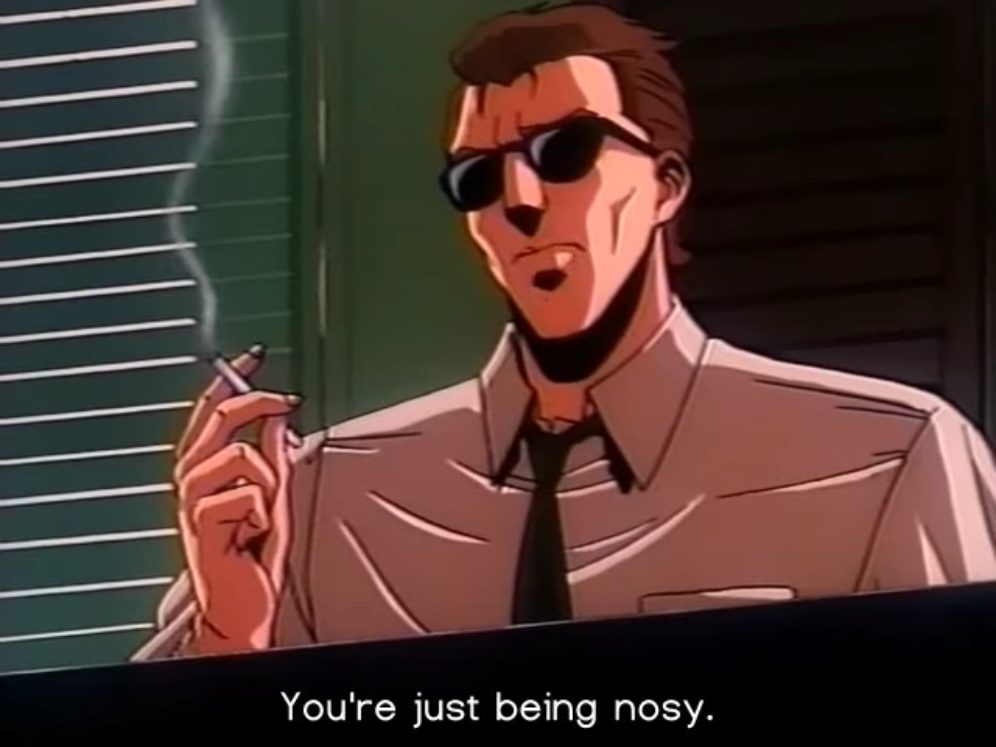
This isn’t a coincidence, as the OVA also tries its best to capture the essence of the games of the time. The NES titles were among the first to have cinematic cutscenes, with complex plots to match. The twists and turns seen in those works are very much present here. The story, for instance, has a degree of mystery and surprise as the protagonists seek to figure out the link between the mad scientist and the Fiends. Alongside that, you’d notice Ryu’s conflict between his affections for Irene and his bloodline’s fate, as well as a side plot involving Robert’s partner Jeff (Daisuke Gouri) not being as cowardly as he seems. Together, these give the impression of seeing those 8-bit games come to life.
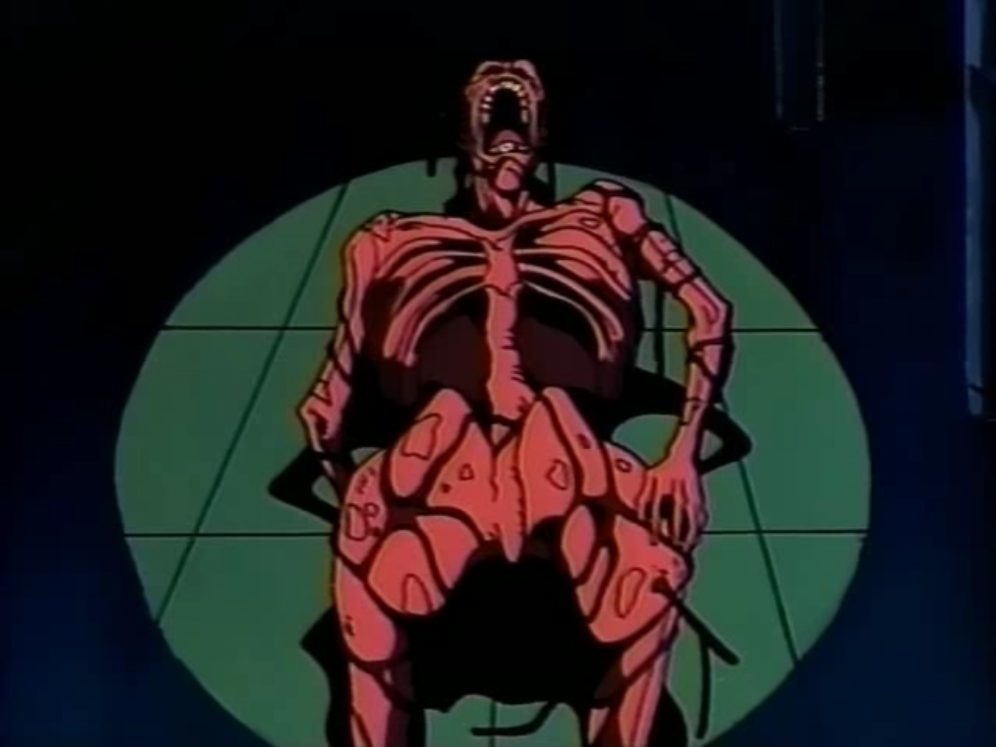
Granted, there are some liberties taken, which are partly due to the OVA being a product of its day. Apart from the dated ‘80s backdrop, Irene is something of a classic damsel in distress, rather than the CIA agent known in the games. Then there’s Ryu’s face, which is unmasked for much of his screentime, unlike in the games.
The Modern Ninja Experience
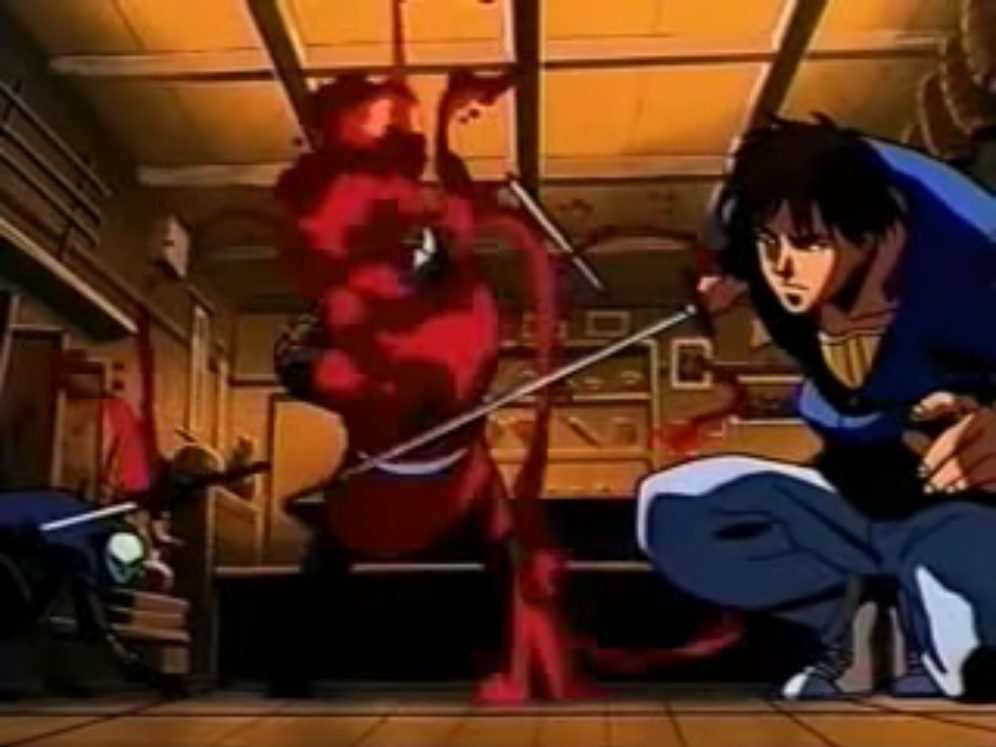
The sheer quality of the art alone is a testament to the period. From showing pre-Giuliani NYC in all its grittiness, to the detail on clothes, skin, and firearms, it’s clear the animators put effort into giving the OVA a sense of grounded realism. Not that the fantastical weirdness is ignored, as the bioweapons and demonic Fiends suitably look unnerving and nightmarish.
The audio, though not exactly the highlight, does its job rather competently. Whether it’s the blend of traditional Japanese and ‘80s action movie motifs, the meaty sounds of gunfire and blades cutting flesh, or the generally solid voice acting, nothing really seems out of place. Wakamoto and Nanba’s performances (the latter foreshadowing his later role as Fatal Fury and Dead or Alive‘s Andy Bogard) stand out as particularly rugged and manly, which isn’t too surprising given the people involved.
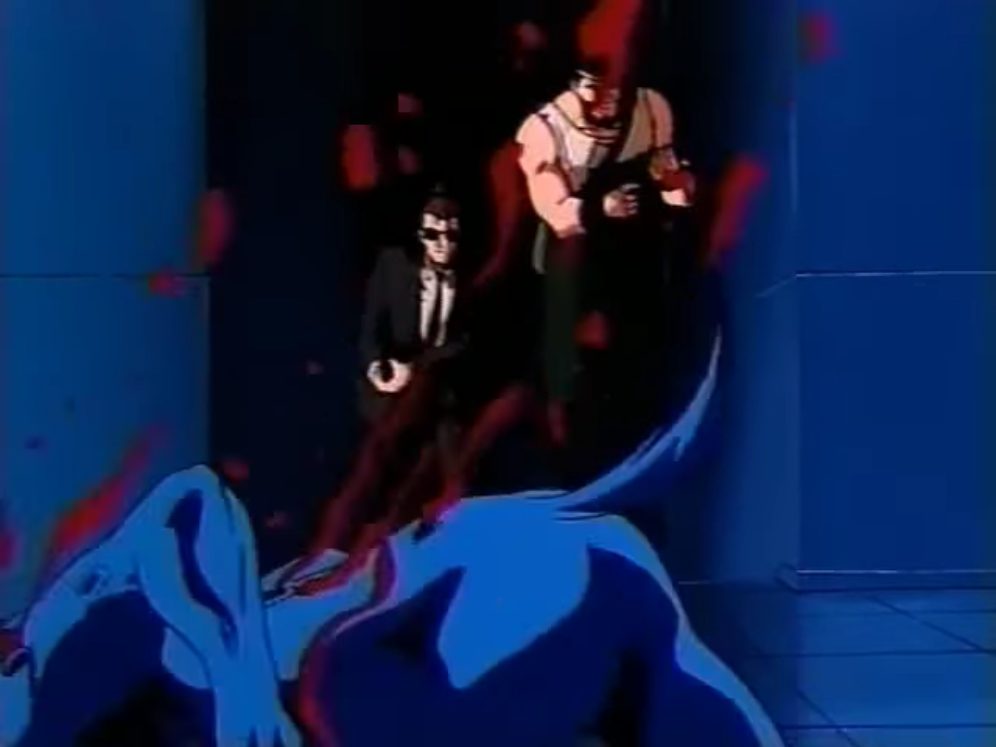
Seeing all the above in motion, especially the action sequences themselves, is something to experience. The anime has no shortage of carnage on display, whether it’s Ryu nimbly dodging attacks and gutting hapless assailants, or Robert facing down monstrosities with guns blazing. Each of those scenes come off not only well-choreographed, but also unrelentingly gory. In a sense, the OVA showed what could be possible beyond the limitations of the era, foreshadowing the bloodier, crisp spectacle of the Team Ninja games made over a decade later. That they also showcase Kanbe’s talents as an anime director, which served him well in the future, certainly help.
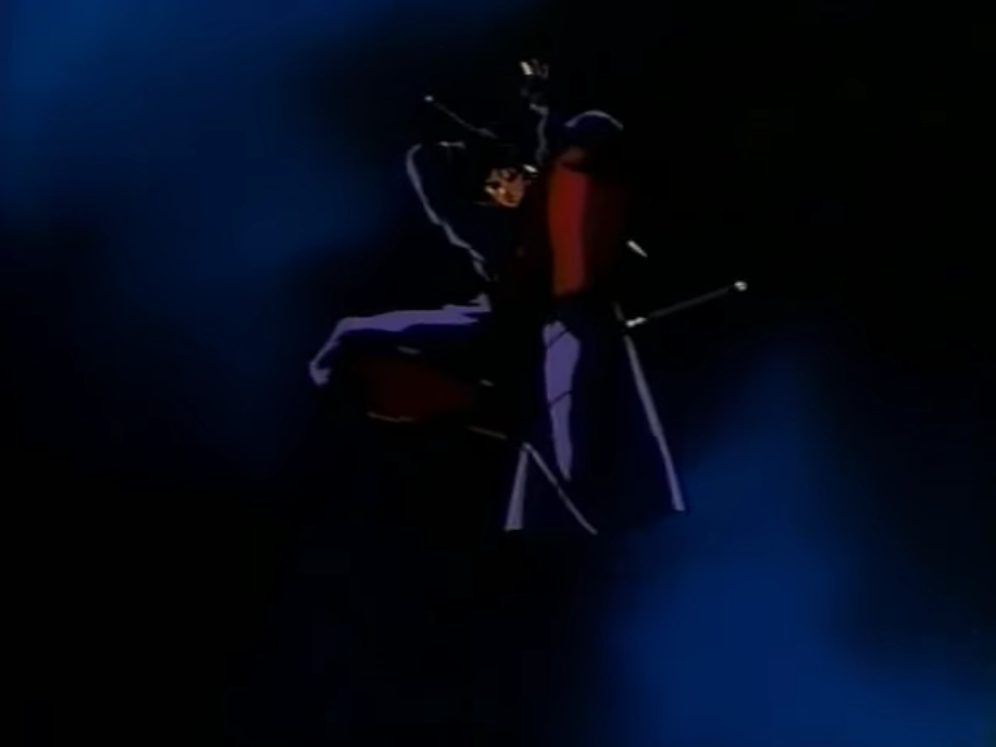
All in all, it’s a solid piece of work for a one-shot OVA. Which makes it all the more surprising that it was never followed up on, despite its cliffhanger of an ending opening up the possibility of a sequel. Nor has it seen any newer releases outside of those initial VHS and Laserdisc editions. Given the passing of time and how the studio responsible has long closed its doors, don’t expect any proper follow-up or remaster soon. Chances are, if not for fansubbed copies online and occasional feature pieces by the likes of The Land of Obscusion, you may not have even known this ever existed.
If there’s any consolation though, the Ninja Gaiden OVA still holds up as work worthy of the name Ninja Gaiden.


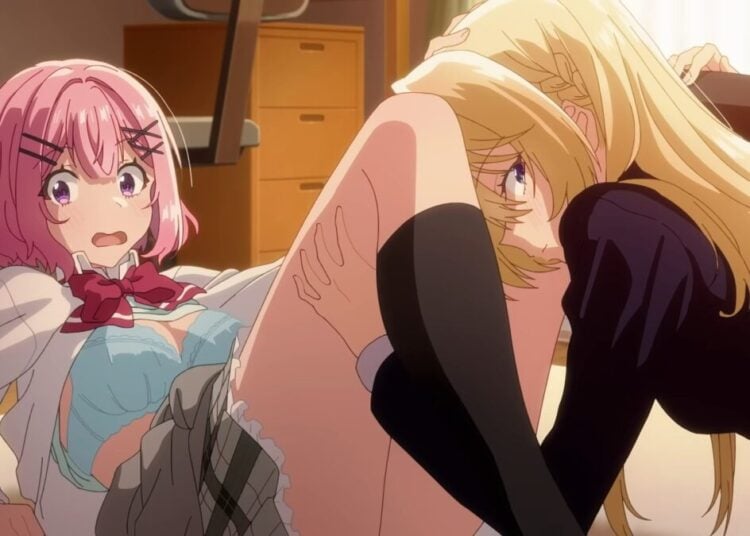
![Sawaranaide Kotesashi Kun Episode 12 [END] Featured Image](https://blog.jlist.com/wp-content/uploads/2025/12/Sawaranaide-Kotesashi-kun-Episode-12-END-Featured-Image-750x536.jpg)











